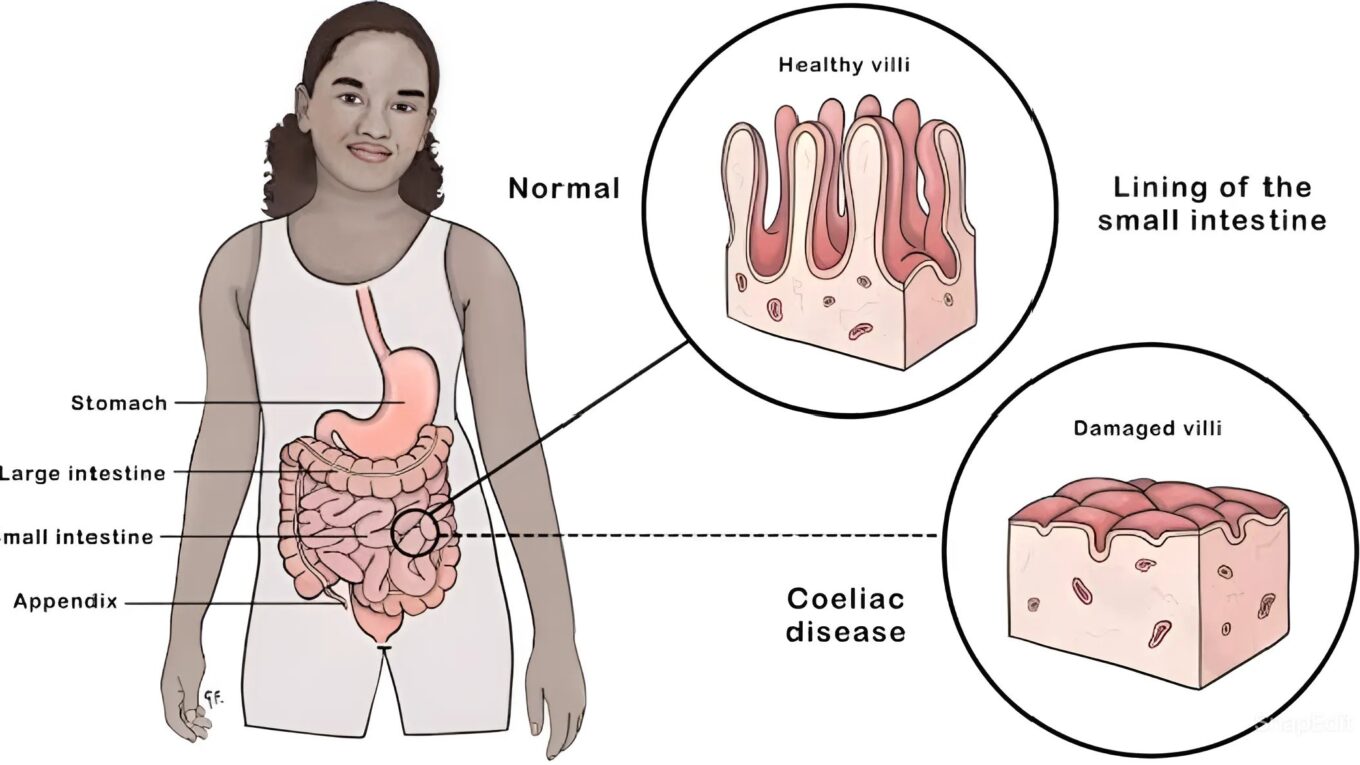Click here to Visit Facebook Page
Introduction:
Respiratory tract infections are common ailments affecting millions of people worldwide each year. They can vary in severity and location within the respiratory system, with lower respiratory tract infections (LRTIs) and upper respiratory tract infections (URTIs) being two distinct categories.
Understanding the differences between these infections, their causes, symptoms, and treatment options is essential for effective management and prevention.
1. Upper Respiratory Tract Infections (URTIs):
– Definition: URTIs affect the upper portion of the respiratory system, including the nose, sinuses, throat, and larynx.
– Common Types: URTIs encompass various conditions such as the common cold, sinusitis, pharyngitis (sore throat), laryngitis, and tonsillitis.
– Causes: URTIs are primarily caused by viruses, including rhinoviruses, coronaviruses, influenza viruses, and adenoviruses. Bacteria such as Streptococcus pyogenes can also cause bacterial URTIs.
– Symptoms: Symptoms of URTIs typically include nasal congestion, runny nose, sore throat, cough, sneezing, headache, fatigue, and occasionally fever.
– Diagnosis: Diagnosis is usually based on clinical symptoms, physical examination, and sometimes laboratory tests such as throat swabs or rapid antigen tests.
– Treatment: Treatment of URTIs focuses on relieving symptoms and may include rest, hydration, over-the-counter medications (e.g., decongestants, pain relievers), antiviral medications (for influenza), and antibiotics (for bacterial infections if necessary).
Click here to Visit Facebook Page
2. Lower Respiratory Tract Infections (LRTIs):
– Definition: LRTIs affect the lower portion of the respiratory system, including the trachea, bronchi, and lungs.
– Common Types: LRTIs encompass conditions such as bronchitis, bronchiolitis, pneumonia, and tuberculosis.
– Causes: LRTIs can be caused by viruses, bacteria, fungi, or other microorganisms. Common viral causes include influenza viruses, respiratory syncytial virus (RSV), and adenoviruses. Bacterial causes include Streptococcus pneumoniae, Haemophilus influenzae, and Mycoplasma pneumoniae.
– Symptoms: Symptoms of LRTIs vary depending on the specific condition but often include cough (with or without sputum production), shortness of breath, chest pain, fever, chills, fatigue, and in severe cases, cyanosis (bluish discoloration of the skin).
– Diagnosis: Diagnosis of LRTIs involves a combination of clinical evaluation, physical examination, chest X-rays, sputum culture, and other laboratory tests to identify the causative organism.
– Treatment: Treatment of LRTIs depends on the underlying cause. Viral LRTIs are typically managed with supportive care, including rest, hydration, and sometimes antiviral medications.
Bacterial LRTIs may require antibiotics, and severe cases may necessitate hospitalization and supportive measures such as supplemental oxygen or mechanical ventilation.
Click here to Visit Facebook Page
3. Distinctions Between URTIs and LRTIs:
– Anatomical Location: The primary distinction between URTIs and LRTIs lies in the location of the infection within the respiratory system.
– Symptoms: While some symptoms may overlap between URTIs and LRTIs (such as cough and fever), certain symptoms are more characteristic of each category. For example, nasal congestion and sore throat are typical of URTIs, whereas shortness of breath and chest pain are more indicative of LRTIs.
– Severity: LRTIs tend to be more severe than URTIs, especially in vulnerable populations such as young children, the elderly, and individuals with underlying health conditions.
– Complications: LRTIs are more likely to lead to complications such as pneumonia, respiratory failure, and sepsis compared to URTIs.
Click here to Visit Facebook Page
4. Prevention and Management:
– Hygiene Practices: Practicing good hygiene, including regular handwashing, covering mouth and nose when coughing or sneezing, and avoiding close contact with sick individuals, can help prevent the spread of respiratory infections.
– Vaccination: Vaccination against influenza and pneumococcal bacteria can reduce the risk of certain respiratory infections, especially in high-risk populations.
– Avoiding Risk Factors: Avoiding exposure to tobacco smoke, air pollution, and other respiratory irritants can help reduce the risk of respiratory infections.
– Prompt Treatment: Seeking prompt medical attention for symptoms of respiratory infections can help prevent complications and improve outcomes.
Conclusion:
Upper respiratory tract infections (URTIs) and lower respiratory tract infections (LRTIs) are common conditions affecting the respiratory system, each with its distinct characteristics, causes, symptoms, and treatment approaches.
By understanding the differences between these infections and implementing appropriate preventive measures, individuals can reduce their risk of respiratory illnesses and improve their overall respiratory health.



